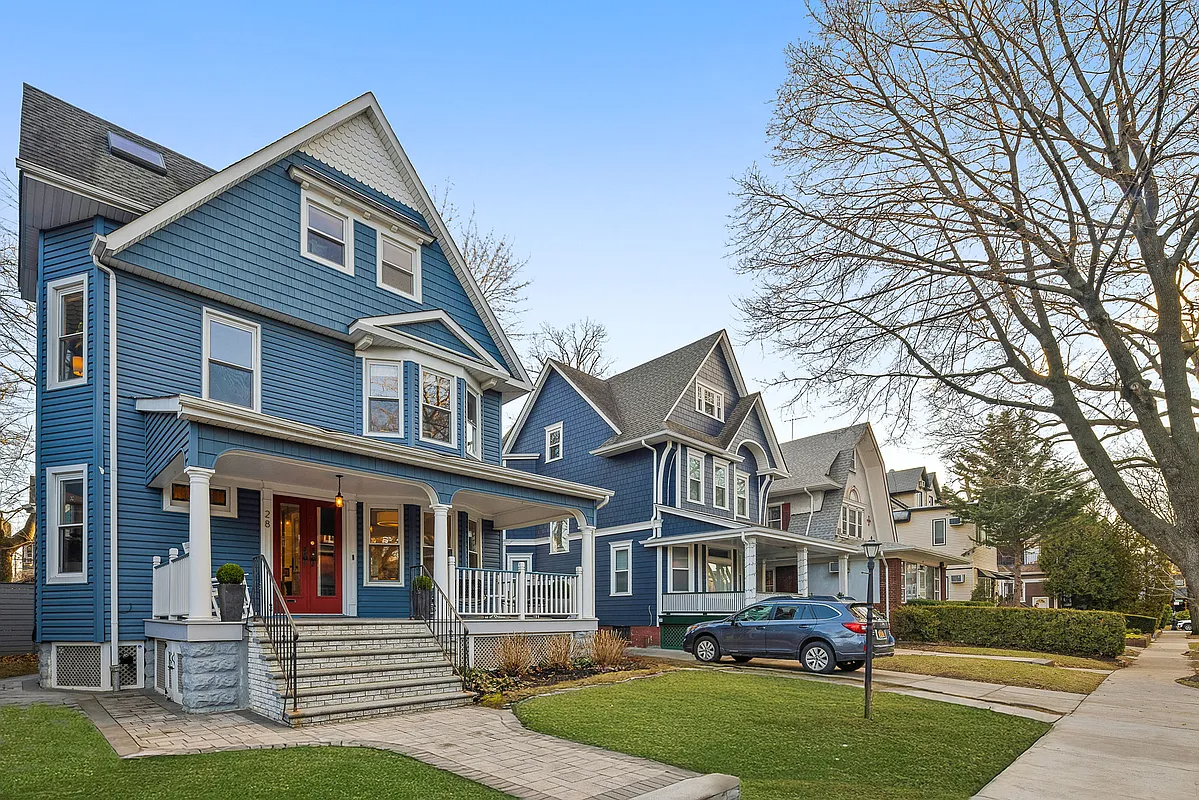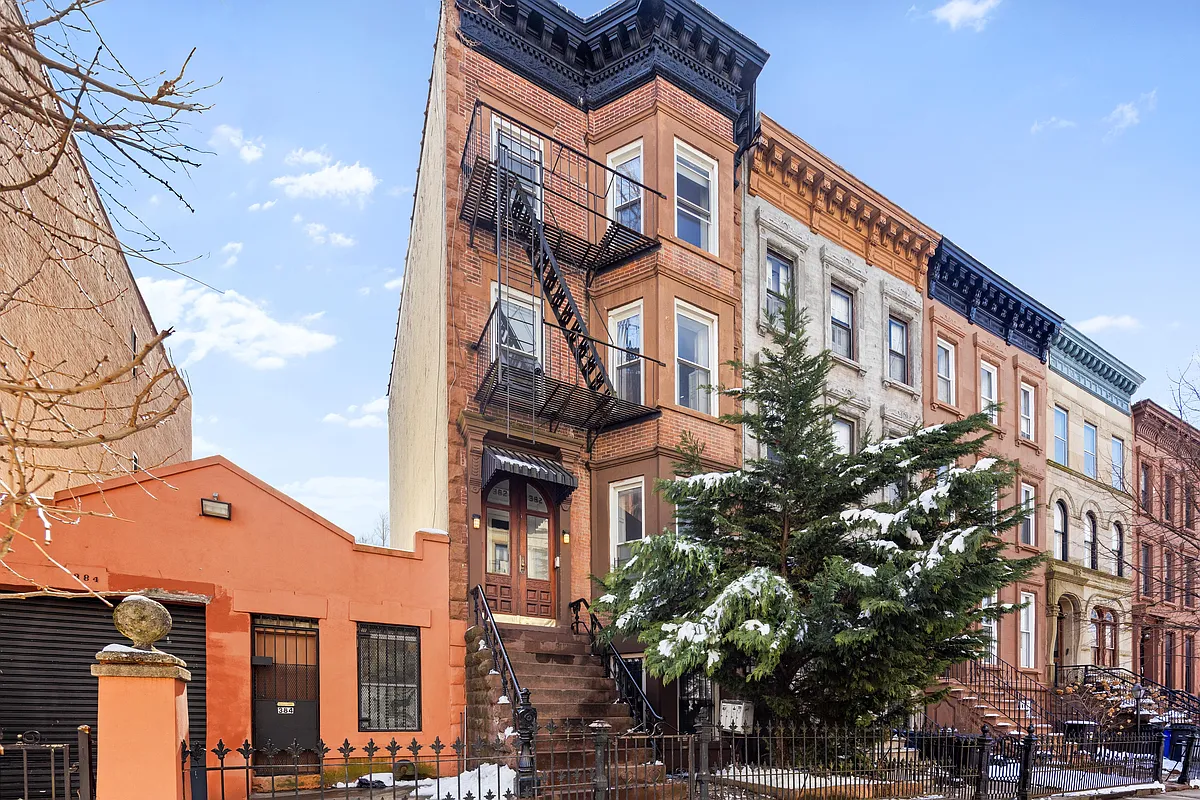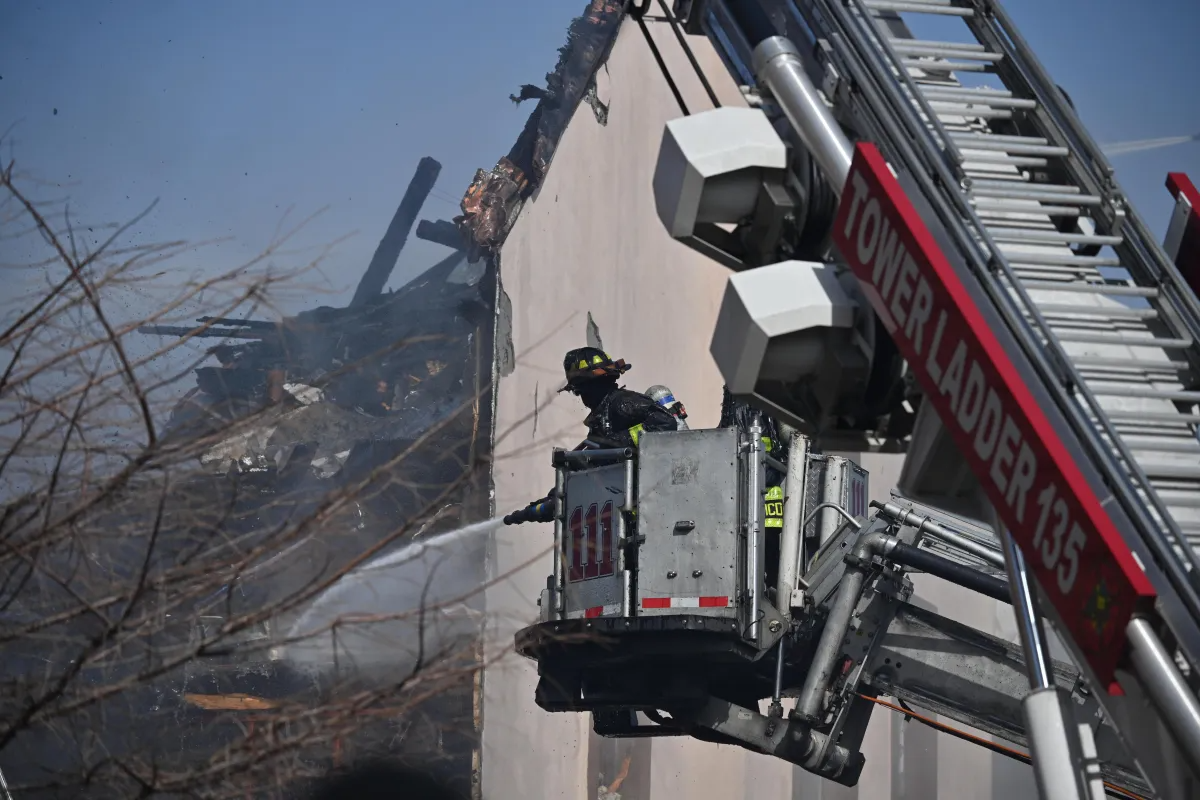Past and Present: The Brevoort Homestead
The Lefferts family was one of Brooklyn’s largest and wealthiest Dutch families, a family with several branches that put their roots down in different parts of old Brooklyn.

A map of 1880 shows Brevoort Place. Map via New York Public Library
A look at Brooklyn, then and now.
The Lefferts family was one of Brooklyn’s largest and wealthiest Dutch families, a family with several branches that put their roots down in different parts of old Brooklyn. The branch that settled in the Bedford community, near the intersection of the Cripplebush Road and Jamaica Road, helped turn the crossroads village of Bedford Corners into one of the most important towns in Brooklyn. Bedford Corners was strategically located near along the intersection of the main north-south road that ran from Williamsburgh through to Gravesend; the Cripplebush Road, today replaced by Bedford Avenue, and the Jamaica Road, which was also called the King’s Highway, roughly where Fulton Street runs today, which connected Jamaica and Long Island to the piers, harbor and ferries along Brooklyn’s Heights.
The patriarch of the Bedford Lefferts clan was Jacobus Lefferts, who came to this area in 1686. He, and later, his two sons, Leffert, known as “Squire,” and Barent, built houses more or less in the center of town. Squire Leffert became the town clerk, provincial judge, and member of the Provincial Congress, and was in this position when the Revolutionary War broke out, in 1776. When the British marched to defeat Washington’s troops at the Battle of Brooklyn, they marched up from Flatbush, through Bedford, and beyond. The occupation of Brooklyn took place afterward, with British and Hessian troops bivouacked all along what is now Franklin Avenue. General Howe and his officers commandeered the finer houses in Bedford, and the general himself took over the Leffert Lefferts house. That was the forerunner of this house.
After the war, repairs were made to the house, and eventually, it passed to Leffert Leffert’s son, also named Leffert, who was called “Judge” Leffert Lefferts. By this time, the Lefferts holdings in the area exceeded five hundred acres. In 1838, the Judge put the finishing touches on the house in this photograph, rebuilding it with an addition, the new front entrance, and all kinds of interior decorative touches. It was the finest mansion in Bedford, at the time, and boasted a grand fireplace so large; a man could walk into it, and silver doorknobs and plates on every door. It was surrounded by a large plot of land, and was just a bit to the south of the rest of the Lefferts homes, which were about where today’s Arlington Place and Fulton Street intersect. This house took up the large plot now bordered by Brevoort Place, Bedford Avenue, Bedford Place and Atlantic Avenue, which can be seen on both the 1880 and 1886 maps below.
Judge Leffert Lefferts died in 1847. His heirs began selling off his vast acreage several years later; giving rise to the development of most of the land that makes up much of Bedford Stuyvesant and Crown Heights. Most of the early Dutch settler families that settled Brooklyn ended up being joined by marriage, and it was no different with the Lefferts, who were related to the Remsens, the Schermerhorns, Vanderbilts, Brevoorts and others. The manor house became the property of the Brevoort family, and was renamed “Brevoort House,” when J. Carson Brevoort married Judge Lefferts Lefferts’ daughter, Elizabeth Dorthea, who was born in this house, and called it home for over fifty years.
By the 1870s, the house had a tall wall around it, at least on the busy Bedford and Atlantic Avenue sides. The entrance to the home faced Brevoort Place. J. Carson Brevoort had kept the manor and grounds intact, while most of the other family land was developed, and Bedford, now one of the fastest growing and most fashionable neighborhoods in Brooklyn, was growing up around it. In 1875, he announced that the manor was for sale, shocking his neighbors and the family. He had been wealthy before, but with the sale of the Lefforts farm land and other business dealings, he was doing extremely well, and wanted to move to Manhattan. The Brevoorts had named property there, as well. Brevoort House, and the surrounding estate was sold to William P. Gill and Townsend Wandell for $80,000, an enormous amount of money for the time.
In 1888, the Brooklyn Eagle announced that Judge Lefferts’ house would be torn down. The paper editorialized that it was too bad, and that the Lefferts house was one of the last of the old mansions of this era to remain, and had been a part of Brooklyn’s history. Letters to the editor outlined the history of the house, but there was no cry to somehow preserve it, or move it out of the way of development; something that had been done before, and was possible. Gill and Wandell had sold all of the land except for five plots facing Brevoort and Bedford Places. That land had been reserved for the last of the Brevoort-Lefferts family members, who in 1891, built a large house there. As for the rest of the land, it was thought that an apartment building would be built on the site of the old manse. And so the Lefferts Homestead, which had been empty since 1875, was torn down.
In 1899, an announcement was made that the relatively new mansion just built would be offered to the borough as headquarters for the Brooklyn Library. The Brevoort who had just built it died soon after it was completed, and his widow was moving on. For several years, until they outgrew it, that mansion was home to the library administration, and its parlor floor was home to reading rooms and stacks. Eventually, that house, too was abandoned, and torn down and became a parking lot. Today, Fedders-type houses occupy the site.
Brooklyn maps of the area show nothing built on the rest of the site in 1907. By 1924, some kind of large building takes up most of the site, and is either residential or commercial, and can be seen in an aerial map. In 1968, the city put up the current building, which is a large and dismal social service building, holding the Brooklyn Field Office of NYC Children’s Services. Today, only the street names of Brevoort Place, and a block away, Lefferts Place, remain to remind us of this important family and their place in the neighborhood’s history. GMAP














great post, mm. i’ve wondered the history of brevoort and lefferts places since they are sort of odd blocks.